Ventilation
Health & Wellbeing
Our first principle when designing a new building is to look at the Fabric First and ensure that the energy required is minimised. Everything else flows from this first principle. Insulation aside, inclusion of a Mechanical Ventilation Heat Recovery (MVHR) system to provide a constant supply of fresh air while recovering the heat from extracted ‘stale’ air helps to reduce energy consumption and maintain healthy air quality within the home.
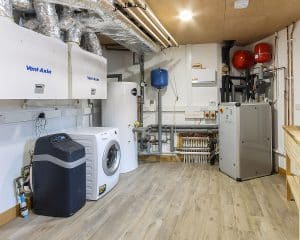
Our first principle when designing a new building is to look at the Fabric First and ensure that the energy required is minimised. Everything else flows from this first principle. Insulation aside, inclusion of a Mechanical Ventilation Heat Recovery (MVHR) system to provide a constant supply of fresh air while recovering the heat from extracted ‘stale’ air helps to reduce energy consumption and maintain healthy air quality within the home.
Cosy
Winter warmth
As efficient as our properties are, UK winters are harsh and our passive houses will still need a primary heat source for space heating and the hot water system. The primary difference between our homes and the average UK property, is the length of time that this heat source will be required! Typically for just a couple of months and you will be resilient to future increases to energy costs as our bespoke homes are specified with, carbon neutral renewable heating systems.
Plus, gone are the days of yo-yoing temperatures as you walk through your home. Passive houses make the most of the glazed solar gain and remain a constant temperature throughout, 24 hours a day.
A healthy home a healthy mind
Refreshingly
Cool summers
Our homes are designed to work extremely well during the summer, without the need for air conditioning. Whilst sunny summer days do prove challenging, we are able to solve this problem, following the principals of fabric first design. The summer sun path is a lot higher in the sky, so natural window shading is one simple solution and with good quality glazing and a high degree of thermal mass we are able to keep internal spaces cool and airy.
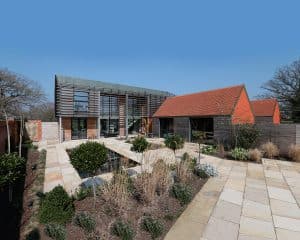
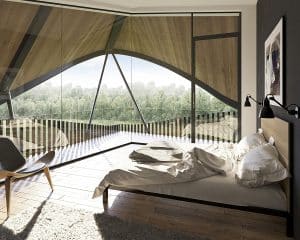
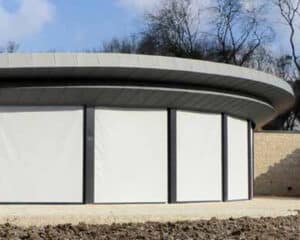
Our homes are designed to work extremely well during the summer, without the need for air conditioning. Whilst sunny summer days do prove challenging, we are able to solve this problem, following the principals of fabric first design. The summer sun path is a lot higher in the sky, so natural window shading is one simple solution and with good quality glazing and a high degree of thermal mass we are able to keep internal spaces cool and airy.
Hygroscopic
Humidity control
Our homes are always naturally insulated with hygroscopic materials that absorb and release water as a gas, from and to the air. Materials with good hygroscopic capacity have the ability to stabilise a building’s humidity, reducing surface condensation and in certain situations, absorbing moisture altogether.
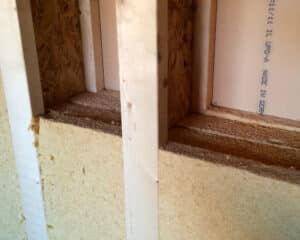
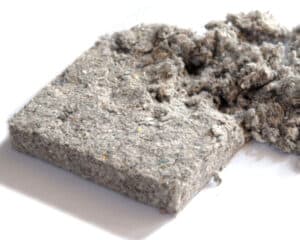
Tranquil
A connection with nature
Whist our properties are dynamic, to live in they are tranquil, beautiful, airy spaces that engage with nature. Our design philosophy is always to take queues from the local environment and embrace the natural typography.
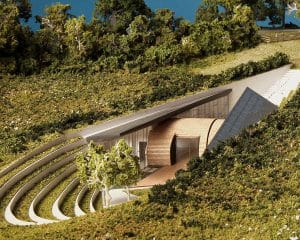
Whist our properties are dynamic, to live in they are tranquil, beautiful, airy spaces that engage with nature. Our design philosophy is always to take queues from the local environment and embrace the natural typography.